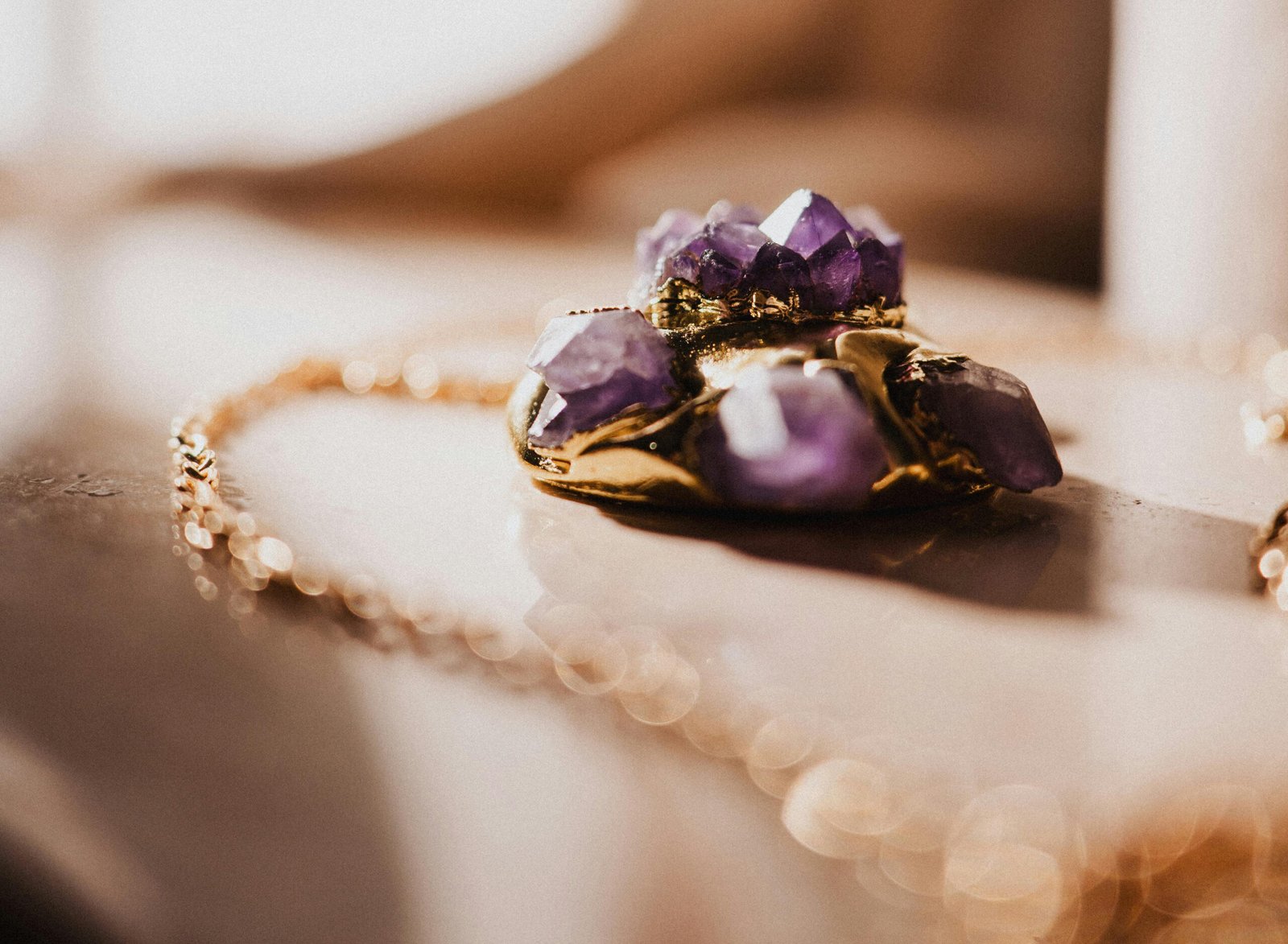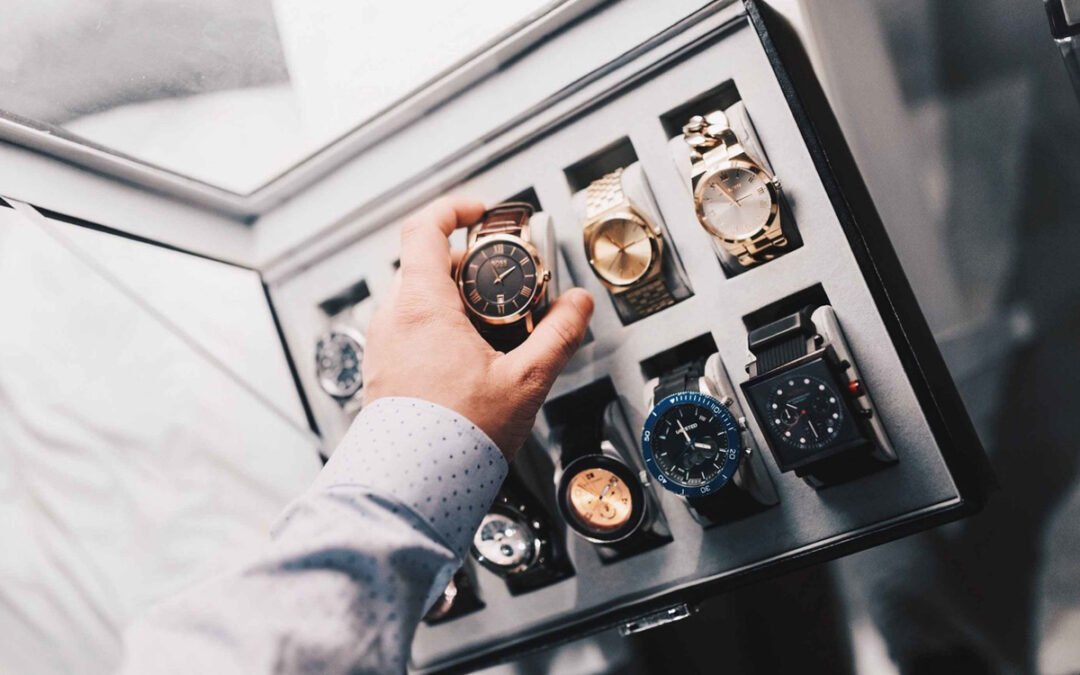In the realm of luxury, every detail counts, extending beyond the tactile allure of products to encompass the very words that describe them. The language of luxury isn’t merely about communication; it’s an art form that evokes emotion, paints vivid imagery, and conveys an ethos of exclusivity and excellence. This article delves into how language shapes the luxury brand experience, highlighting the subtleties that distinguish premium brands from their counterparts.
In this article, we’re going to look into:
The Essence of Luxury Language
Luxury brands are storytellers at their core, weaving narratives that resonate with their audience’s aspirations and desires. The language used by these brands is meticulously chosen to reflect their unique identity, heritage, and the unparalleled quality of their offerings. Words are wielded with precision, not just to describe but to transport the reader to a world where every detail is synonymous with perfection.
Evoking Sensory Experiences
A hallmark of luxury language is its ability to evoke sensory experiences through vivid descriptions. Words become a palette from which to draw sensory impressions, painting pictures of texture, scent, and sound that invite the audience to imagine the luxury experience. This sensory language taps into the emotional psyche of consumers, creating a connection that transcends the physical aspects of the products.
Conveying Exclusivity
Exclusivity is a cornerstone of luxury branding, and language plays a critical role in communicating this concept. The choice of words can create a sense of belonging to an elite club, where access is limited and highly coveted. Terms like “bespoke,” “limited edition,” and “curated” signal not just rarity but a customization and care in creation that appeals to those seeking something truly unique.
The Subtlety of Elegance
Elegance in luxury language is achieved not through verbosity but through the power of subtlety. It’s the art of saying more with less, where every word is weighted with intent and meaning. This restraint in language reflects the timeless elegance of luxury brands, emphasizing quality over quantity and underscoring the sophistication that their audience values.

Cultural Nuance and Global Appeal
As luxury brands navigate the global market, the adaptability of their language to different cultural contexts becomes paramount. The luxury narrative must be flexible enough to resonate across cultures, embodying universal ideals of beauty and excellence while also honoring local tastes and traditions. This global yet localized approach ensures that the language of luxury speaks to a diverse, international audience.
Crafting the Future of Luxury Language
As the luxury market evolves, so too does its language. Emerging trends, such as sustainability and ethical luxury, are influencing how brands communicate. There’s a growing emphasis on storytelling that not only highlights the heritage and craftsmanship of luxury items but also their impact on the world and communities. The future of luxury language lies in its ability to evolve, reflecting changing consumer values while maintaining its core of exclusivity and elegance.
Conclusion
The language of luxury is much more than a tool for description; it’s an integral part of the luxury brand experience, shaping perceptions and emotions. It requires a delicate balance of evoking sensory experiences, conveying exclusivity, and maintaining elegance, all while adapting to global nuances. In the end, the language of luxury is about creating an aura of allure and desire, compelling consumers to become part of a world where every detail is a testament to unparalleled excellence and sophistication.




